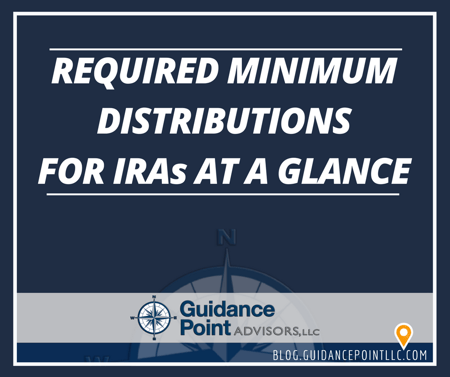Many retirees are confused about what amount the US government will require them to distribute from their IRA. So what does the IRS table look like that governs how much is required to be distributed from an IRA at various retirement ages?
 The table below shows the mandatory required minimum distributions (RMD) first year withdrawal from an Individual Retirement Arrangement (IRA) valued at $100,000.To determine your minimum distribution, divide your total IRA assets by the life expectancy for your age. Minimum distributions must be recalculated annually (see IRS Pub. 590).
The table below shows the mandatory required minimum distributions (RMD) first year withdrawal from an Individual Retirement Arrangement (IRA) valued at $100,000.To determine your minimum distribution, divide your total IRA assets by the life expectancy for your age. Minimum distributions must be recalculated annually (see IRS Pub. 590).
Single Minimum Age Life Expectancy Distribution Example
| Age | Factor | Approx. Distribution Amount |
| 70 | 26.2 | $3,816 |
| 71 | 25.3 | $3,952 |
| 72 | 24.4 | $4,098 |
| 73 | 23.5 | $4,255 |
| 74 | 22.7 | $4,405 |
| 75 | 21.8 | $4,587 |
| 76 | 20.9 | $4,784 |
| 77 | 20.1 | $4,975 |
| 78 | 19.2 | $5,208 |
| 79 | 18.4 | $5,434 |
| 80 | 17.6 | $5,681 |
Note: Life expectancy is according to IRS Publication 590, Individual Retirement Arrangements.
As you can see, as you age, the amount that you are required to take out grows annually. For many retirees, this can be helpful to supplement Social Security income. It is important to remember that if you do not take your required minimum distribution, there is a 50% penalty on the amount that is not distributed. Many retirees set up their IRA accounts to have their required distribution amount distributed automatically. Lastly, retirees can certainly take out more money from their IRA, this is just the minimum amount that is required to be withdrawn.
Required minimum distributions aren't as intimidating once you have an idea how they work and see an example of what the distributions acutally look like.

